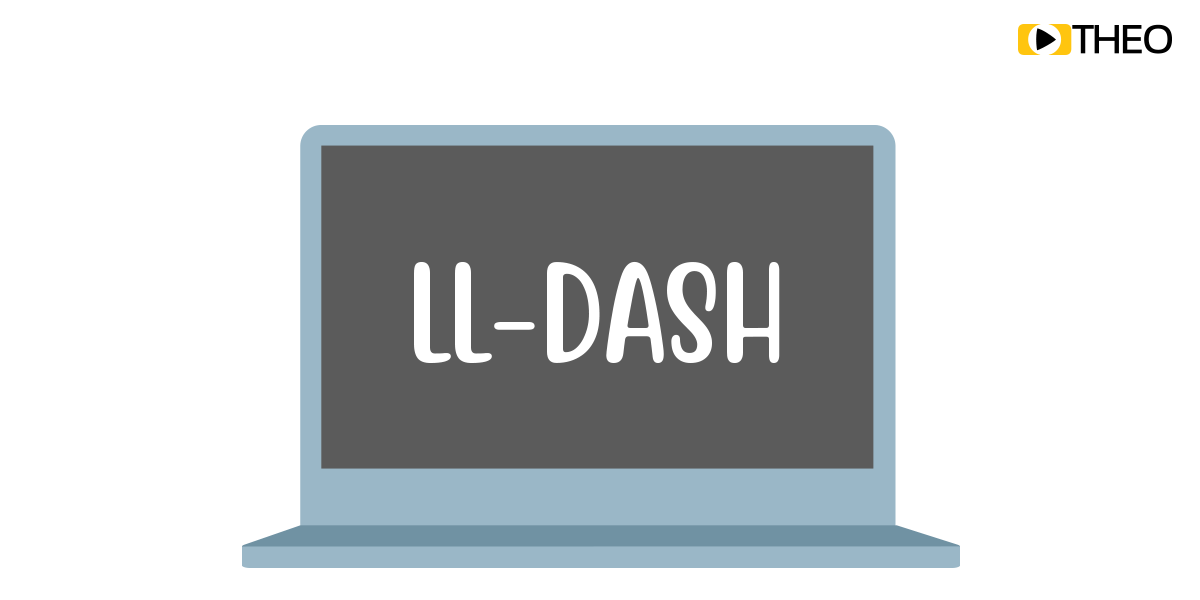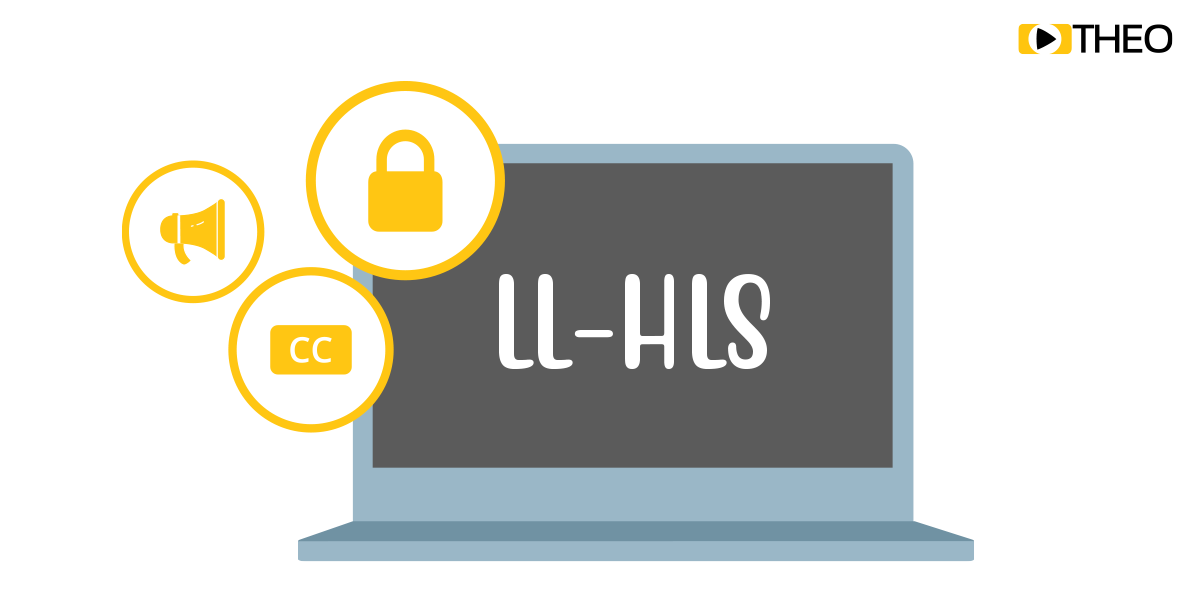Cross platform media delivery: A winning approach to cost efficient platform support
by Pieter-Jan Speelmans on January 28, 2021
This is article number 2 of our series on cross platform media delivery. In article 1, we dove into the challenges we’ve seen the media industry struggle with. In this part, we will go deeper into mitigating these challenges, and which costs you will encounter in your search for cross …
Rolling out Roku: How?
by Thijs Lowette on January 26, 2021
"Rolling out Roku: How?" is the second part of a 3-part series. You can read "Rolling out Roku: Why?" here, and "Rolling out Roku with THEOplayer?" here.
Cross platform media delivery: A sea of choices and an ocean of challenges
by Pieter-Jan Speelmans on January 21, 2021
The streaming wars are on. If you don’t believe me, just look at the sheer amount of different streaming services which are available, especially as this amount is ever growing. While the average budget spent on streaming services is rising as well, there is no doubt that streaming se …
Rolling out Roku: Why?
by Thijs Lowette on January 19, 2021
"Rolling out Roku: Why?" is the first part of a 3-part series. "Rolling out Roku: How?" can be found here. Immediately interested in rolling out Roku with THEOplayer? Have a look at our third insight of the series : "Rolling out Roku: THEOplayer".
Low-Latency Everywhere: How to Implement LL-HLS Across Platforms
by Pieter-Jan Speelmans on December 9, 2020
With the publication of the iOS 14 family last September, Apple has officially released LL-HLS support across its ecosystem. The Apple device family, which spans iPhones, iPads and Apple TVs has a significant market share. With about 25% of mobile devices worldwide running iOS, and th …
THEO Technologies enables Swisscom to expand Blue TV to connected TV with THEOplayer
by THEOplayer on November 18, 2020
THEO Technologies enables Swisscom to launch its blue TV streaming service across Connected TVs using its Universal Video Player technology.
THEO Technologies Highly Commended with HESP in CSI Awards 2020
by THEOplayer on October 1, 2020
Established in 2003 the CSI awards are among the most prestigious and competitive technology awards in the industry, designed to recognise and reward innovation and excellence in the cable, satellite, broadcast, IPTV, telco, broadband/OTT video, mobile TV and associated sectors.
THEO, Wowza & Fastly Present a Low-Latency HLS Solution
by THEO Technologies on September 30, 2020
Since its release by Apple to combat scaling issues in 2009, HTTP Live Streaming (HLS), has become one of the most popular and widely supported streaming protocols today. Throughout the last decade we have seen the market change and the demand for lower latencies is higher than ever. …
Low Latency DASH (LL-DASH)
by THEOplayer on September 24, 2020
Apple’s HLS and MPEG-DASH are two of the most popular HTTP Adaptive Streaming (HAS) protocols that have become the de facto industry standards. In this blog we will talk about MPEG-DASH, more specifically its low latency variant (LL-DASH), explain how it works and things to consider w …
LL-HLS Series: Implementing LL-HLS with ABR, Subtitles, DRM and SSAI
by THEOplayer on September 1, 2020
In our previous blog posts we have discussed a number of different topics regarding Apple’s Low Latency HLS (LL-HLS) such as its main use cases and how to implement and configure it in an end-to-end solution. We also discussed how LL-HLS has evolved, and how those changes have impacte …



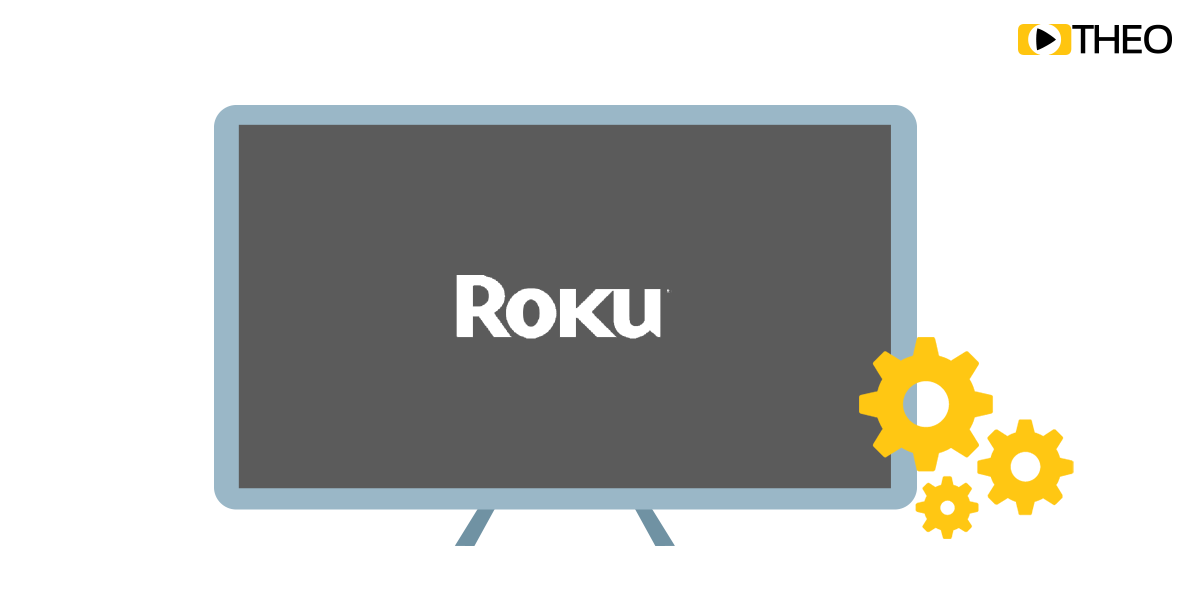
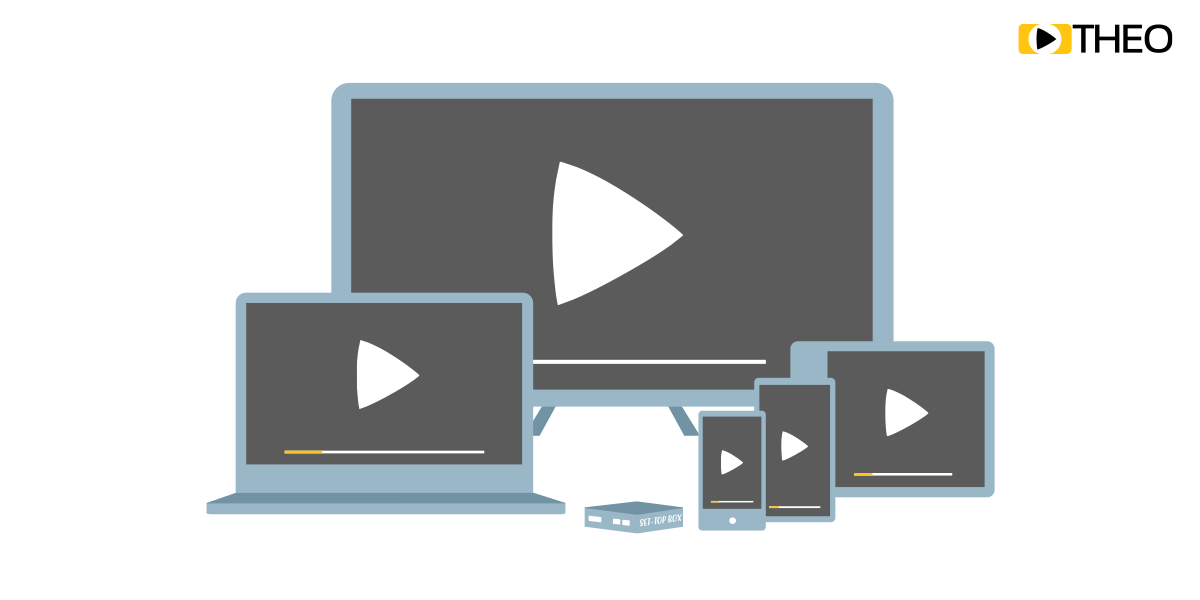
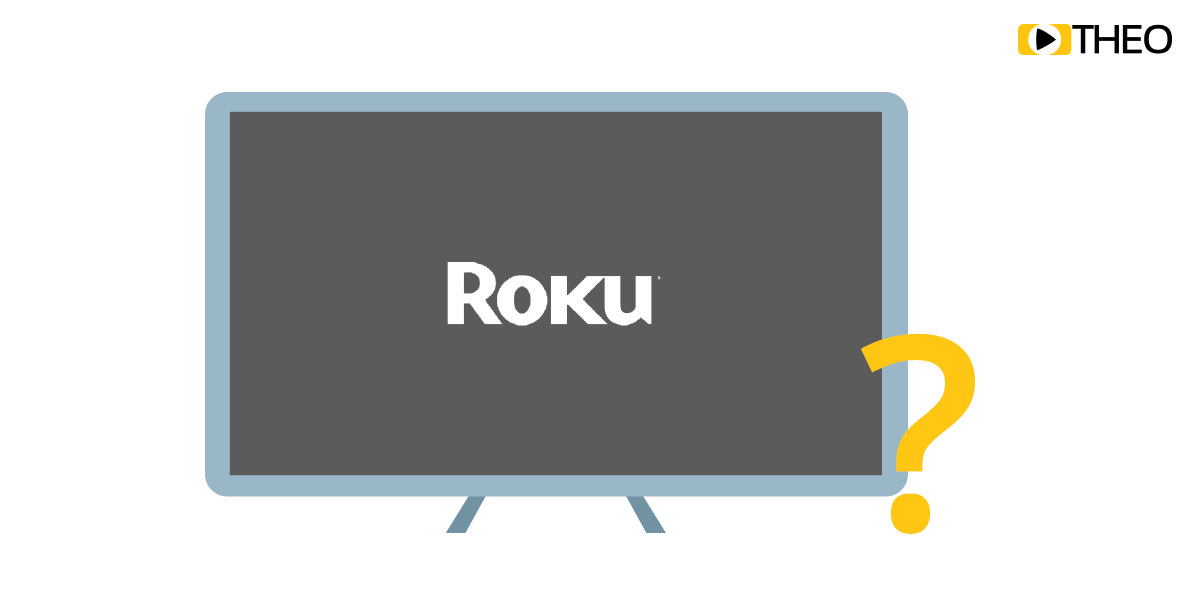
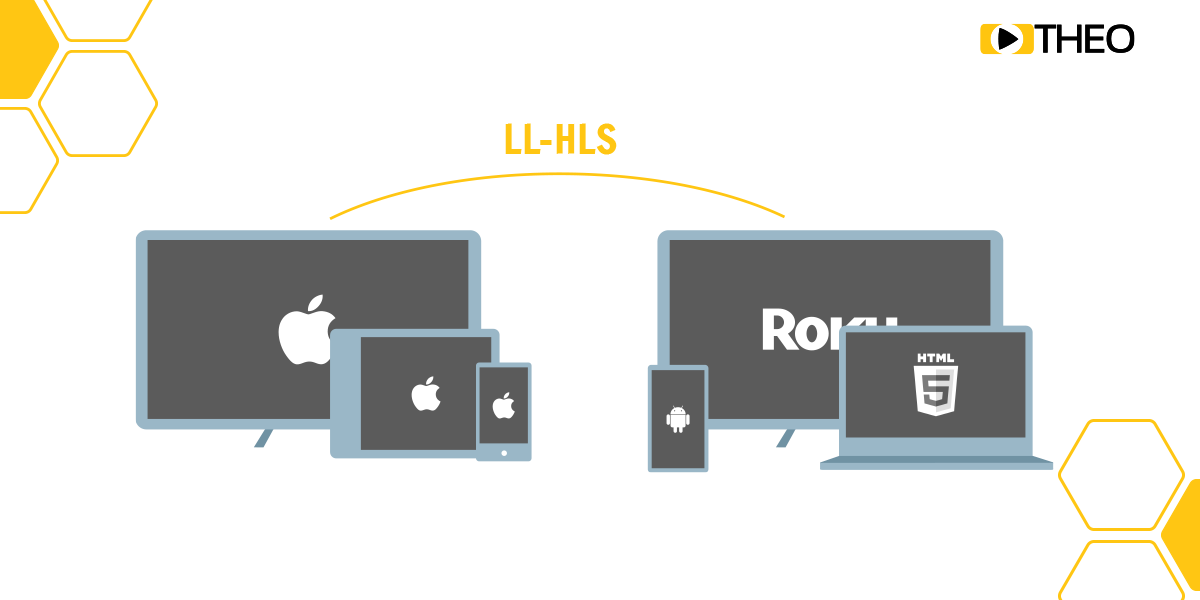


.png)
